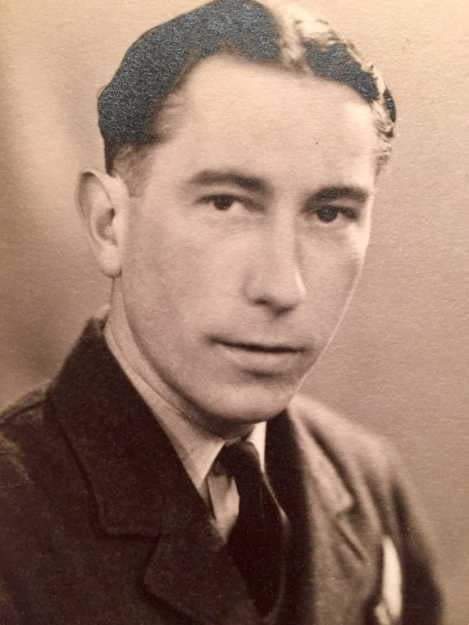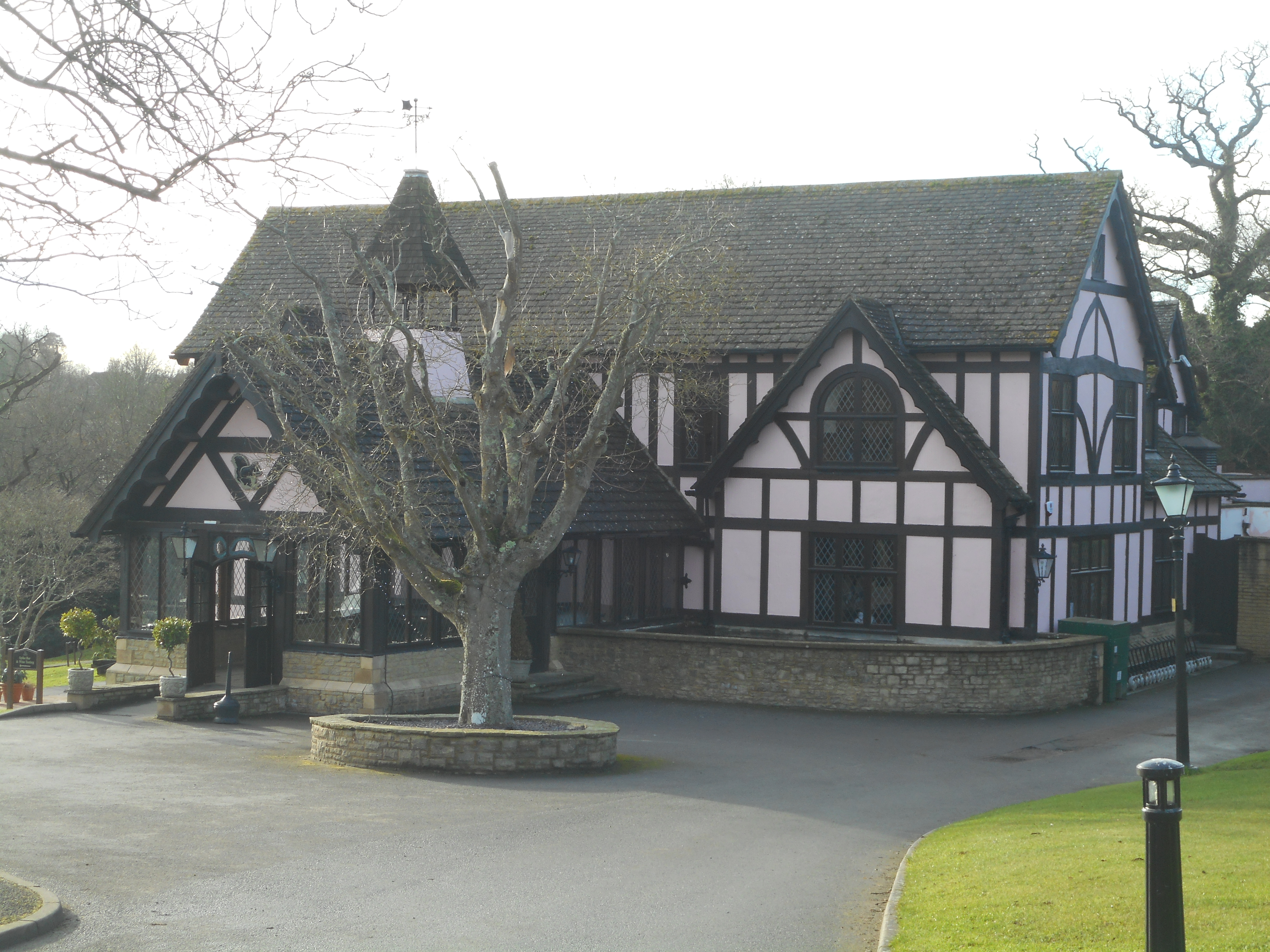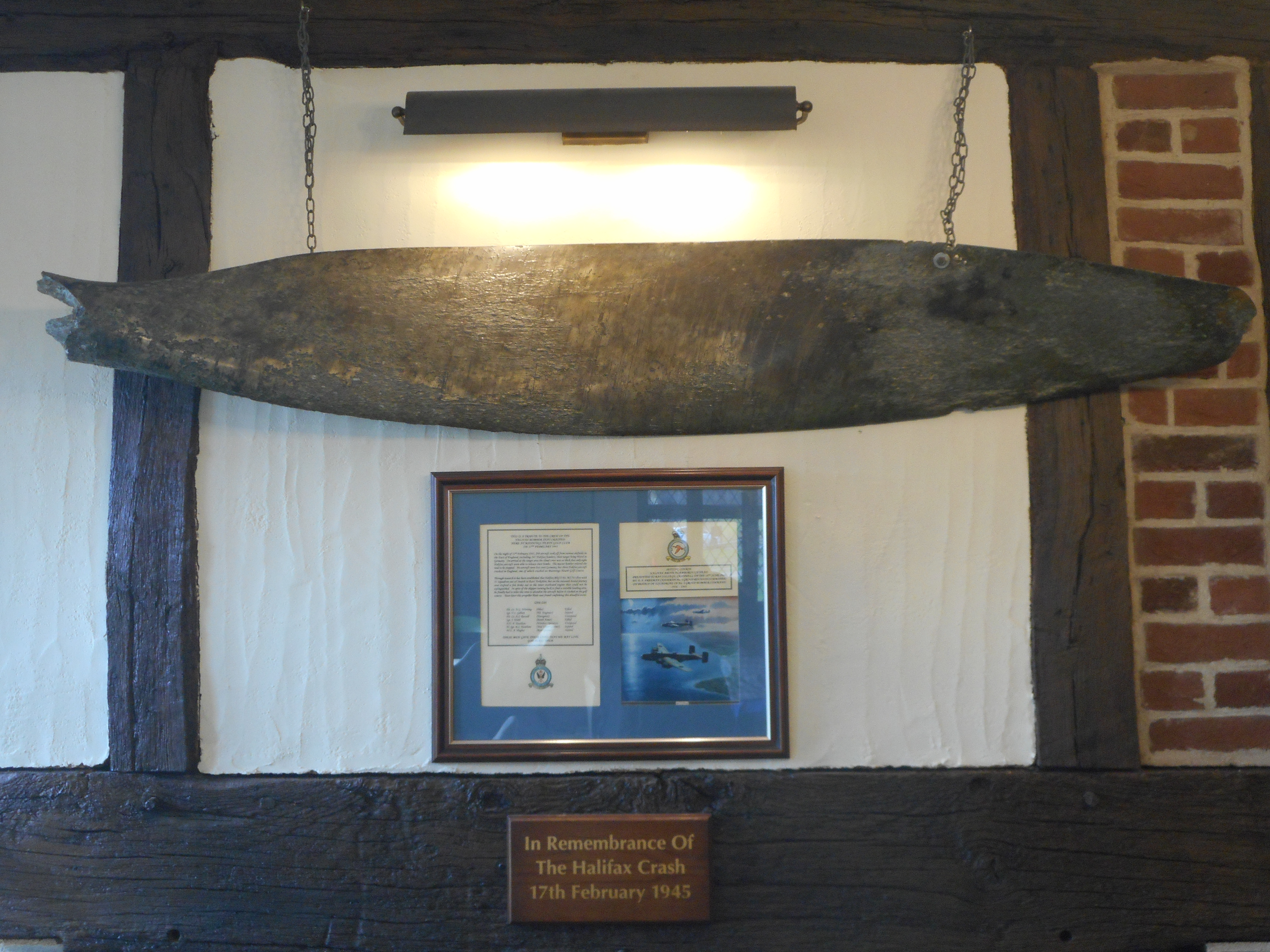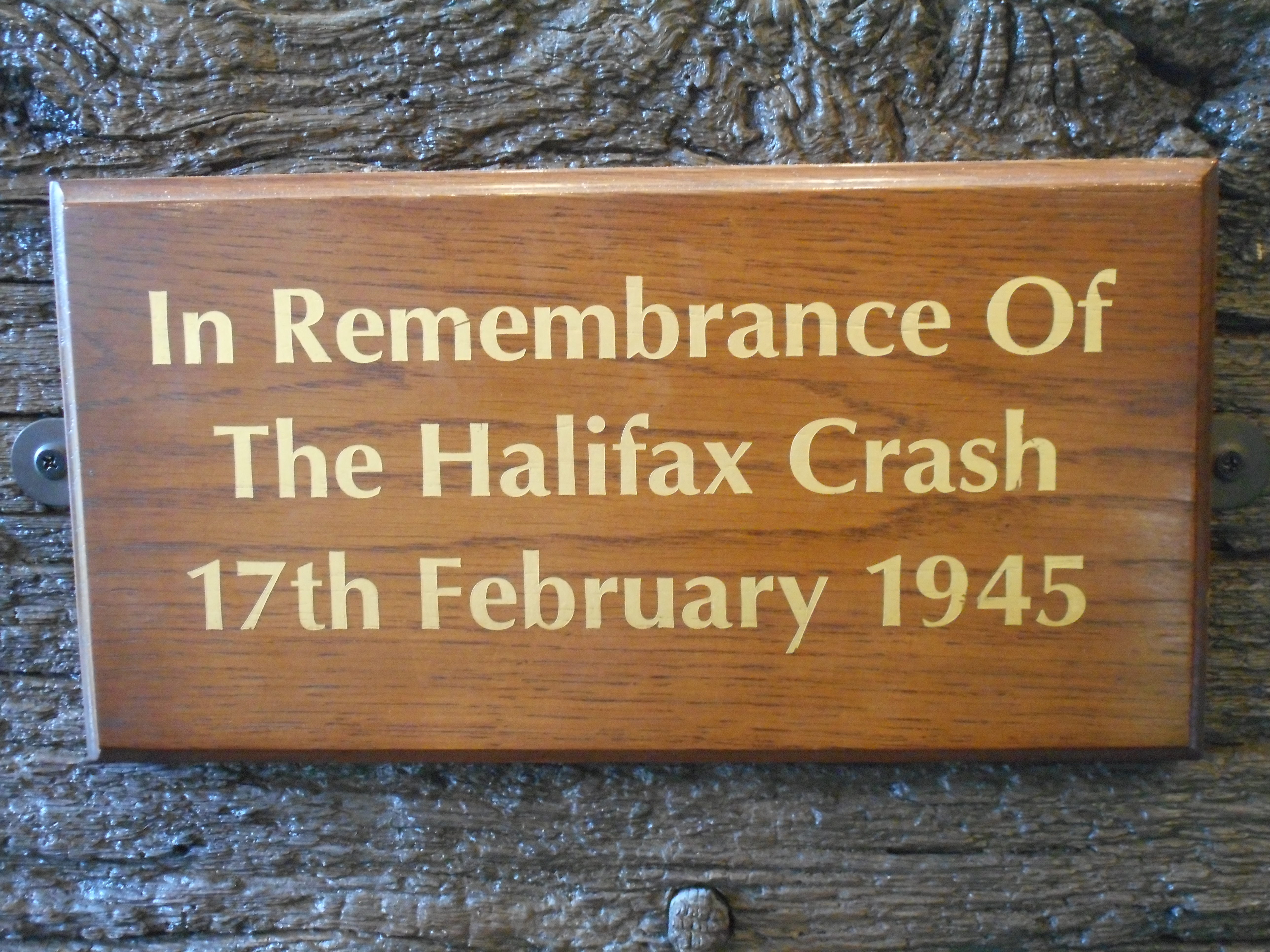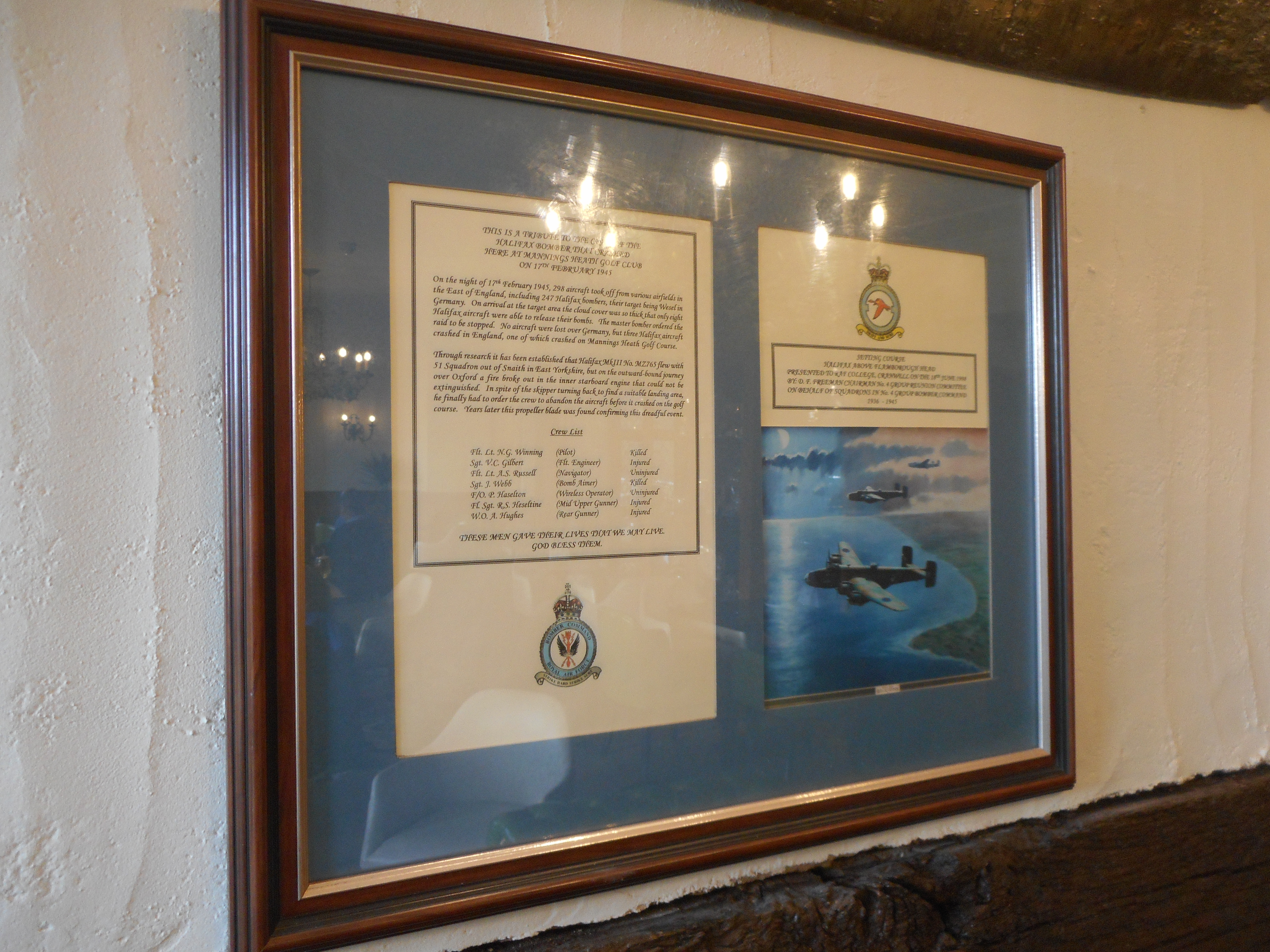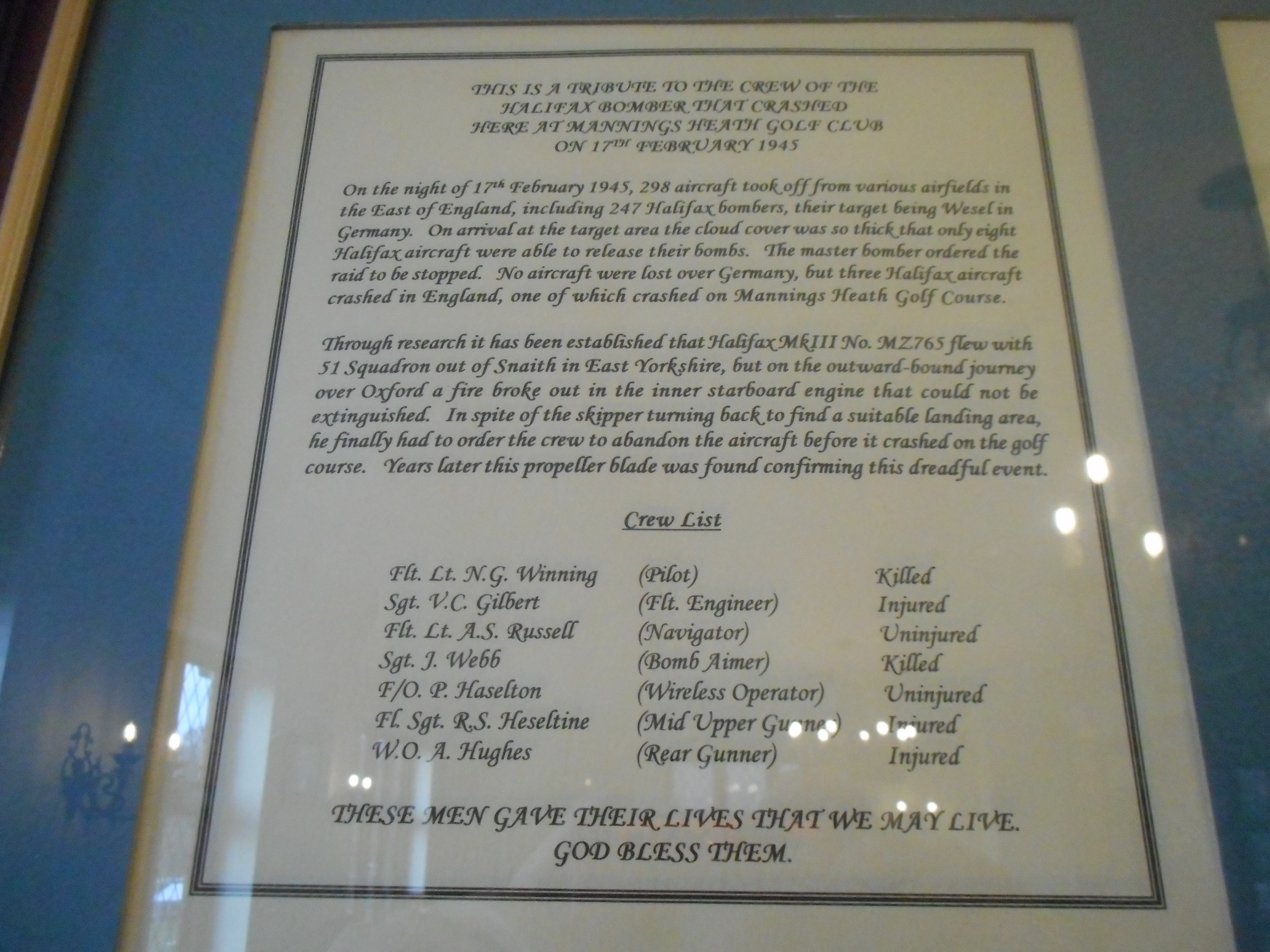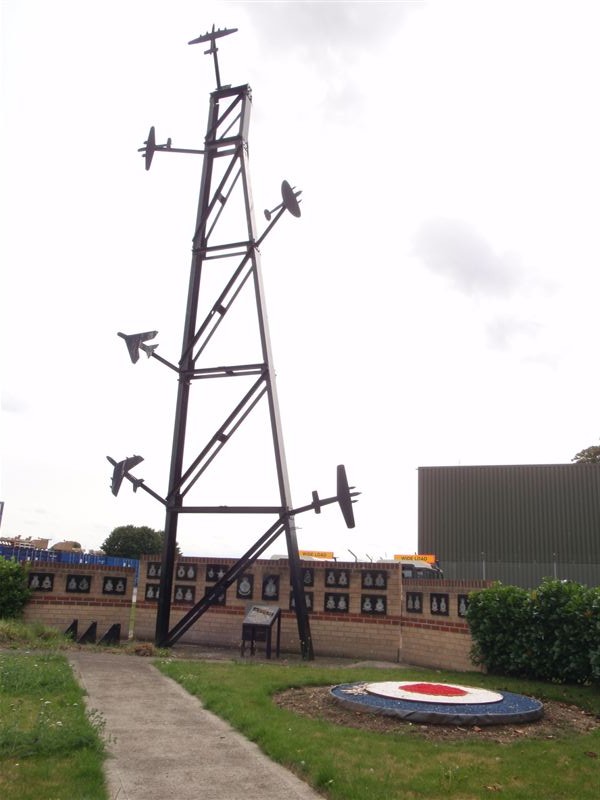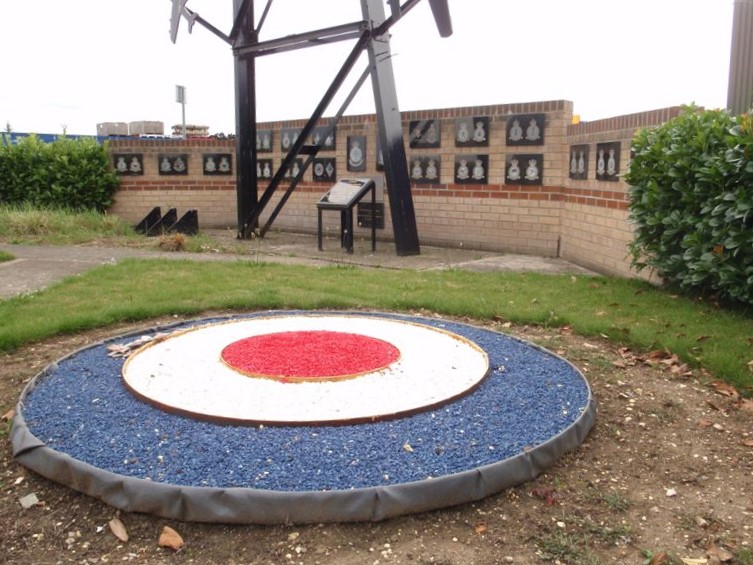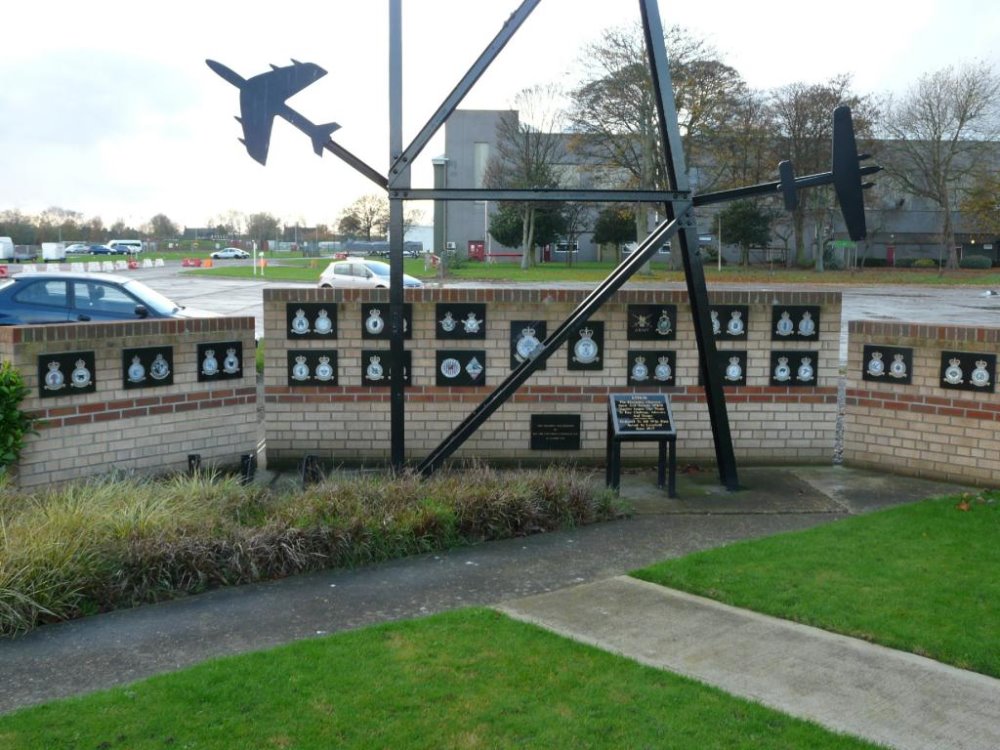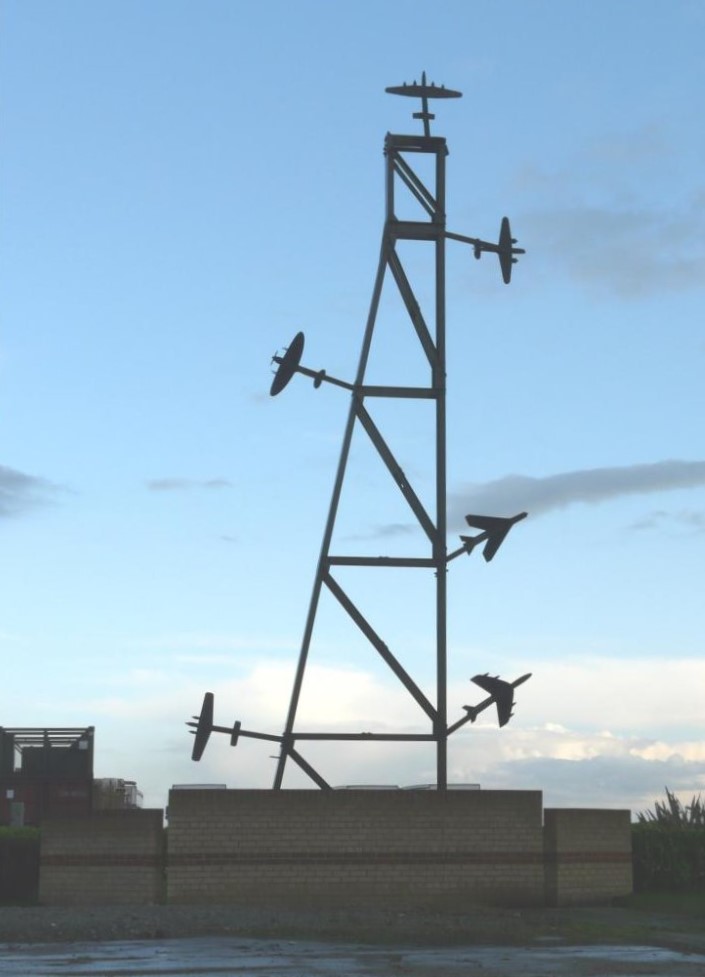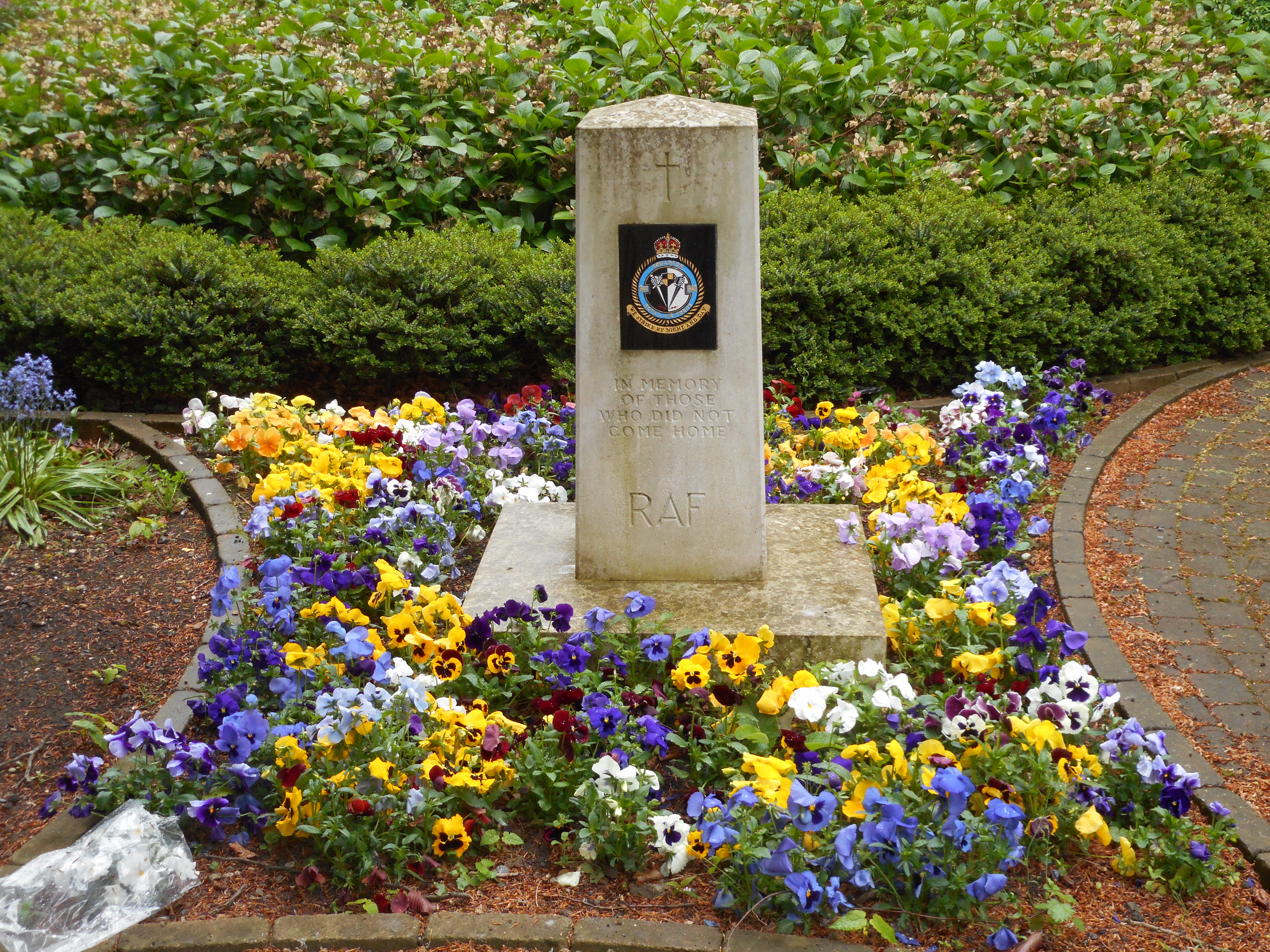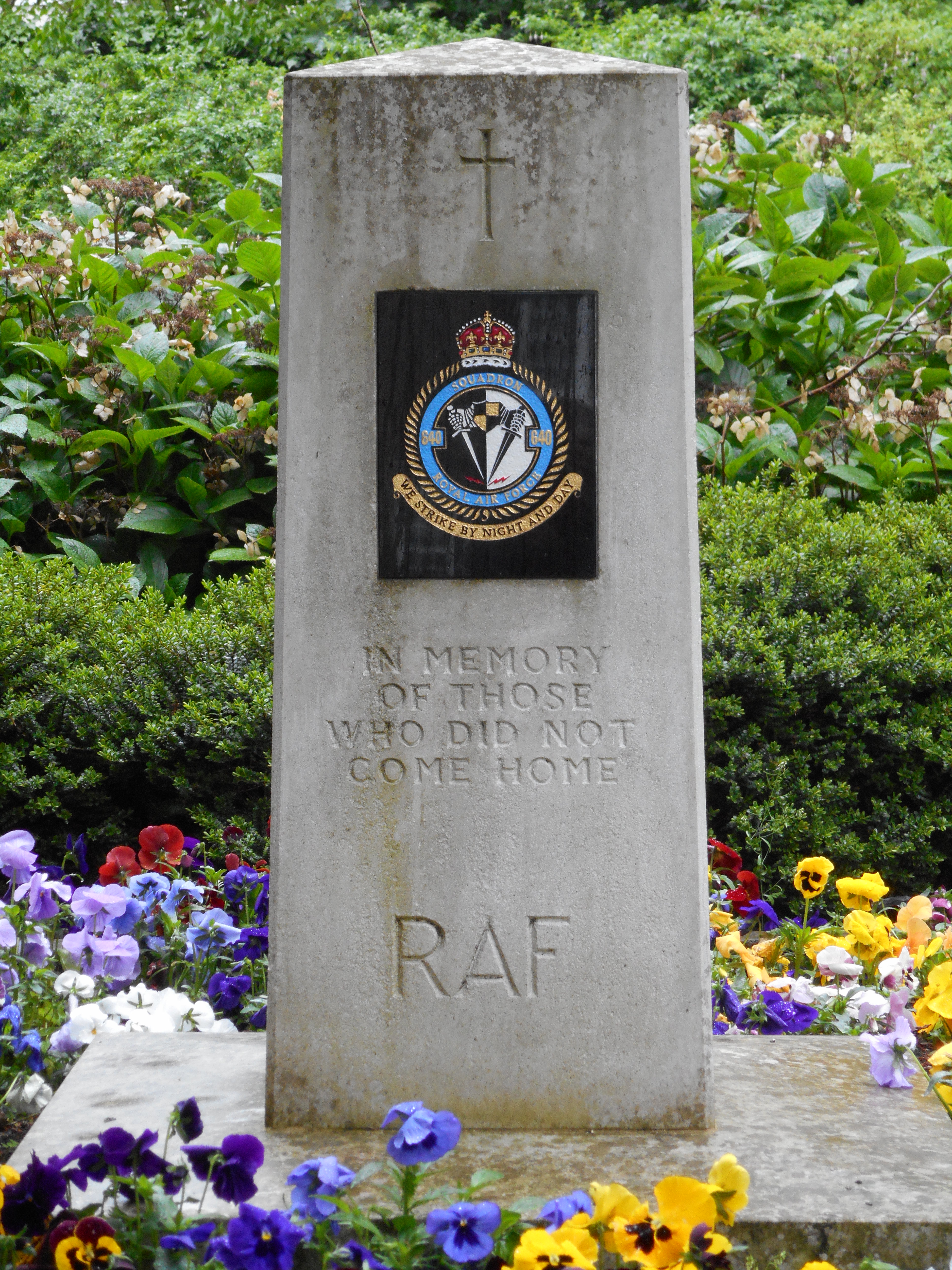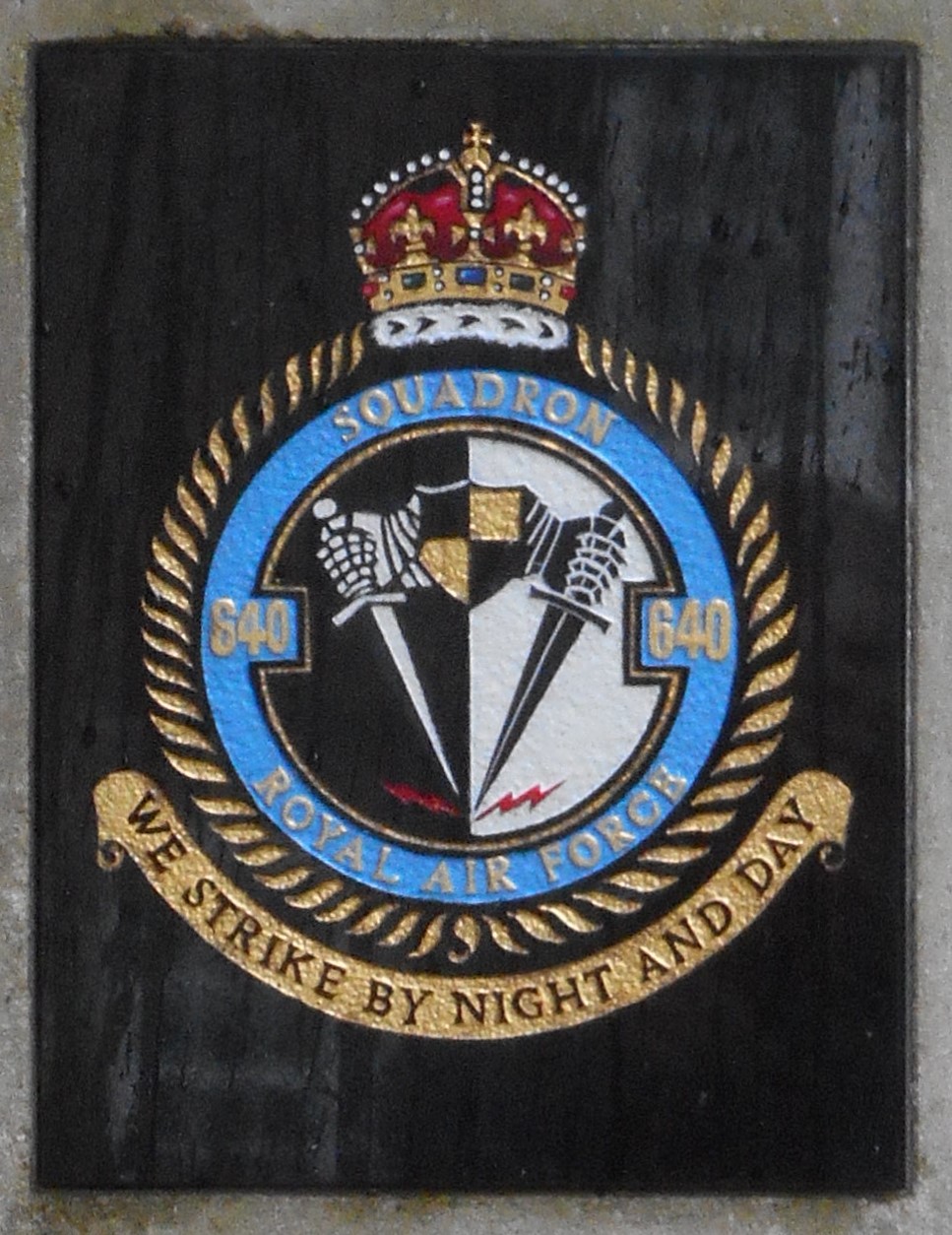Coldicutt, Edward Cecil
Personal Information
Aircraft Information
| Aircraft | Handley Page Halifax III |
| Serial Number | MZ675 |
| Markings | C8-V |
Memorial Information
| Burial/Memorial Country | Germany |
| Burial/Memorial Place | Rheinberg War Cemetery |
| Grave Reference | Coll. grave 5. A. 10-20. |
| Epitaph |
IBCC Memorial Information
| Phase | 2 |
| Panel Number | 146 |
Enlistment Information
| Service Number | 977625 |
| Service | Royal Air Force Volunteer Reserve |
| Group | 4 |
| Squadron | 640 |
| Trade | Flight Engineer |
| Country of Origin | United Kingdom |
Other Memorials
| Location | Mannings Heath Golf Club, Mannings Heath, West Sussex |
| Country | United Kingdom |
| Memorial Type | Inscribed Brass Plaque & Propeller Blade |
| Memorial Text | Halifax MkIII MZ765 crashed on the Mannings Heath Golf Club returning from an aborted raid on Wesel 17th February 1945. The Pilot and Bomb Aimer were killed |
| Location | Normandy Barracks, Leconfield, East Yorkshire |
| Country | United Kingdom |
| Memorial Type | Metal Sculpture Brick Pillars and Inscribed Sqn Badges |
| Memorial Text | A memorial to those who flew from RAF Leconfield, including 640 Sqn |
| Location | Memorial Gardens, Beverley, East Yorkshire |
| Country | United Kingdom |
| Memorial Type | Memorial Stone, Inscribed Marble Tablet |
| Memorial Text | A memorial to those of 640 Sqn who were killed during WW2 |
Miscellaneous Information
| Quoted as LW673 in ORBs but was in fact MZ675 |
Commonwealth War Graves Commission
The National Archives
| Record of Events (Operational Record Book) AIR 27/2157/10 |
| Summary of Events (Operational Record Book) AIR 27/2157/9 |
Fellow Servicemen
Please note that this list gives all the losses aboard the quoted aircraft and occasionally these may have occurred on an earlier date when the aircraft was not itself lost. Please check the dates of death carefully.
Last Operation Information
| Start Date | 24-05-1944 |
| End Date | 25-05-1944 |
| Takeoff Station | Leconfield |
| Day/Night Raid | Night (9% moon) |
| Operation | Aachen- to attack two railway yards. 442 aircraft, 25 Lost (5.7%). Because this raid was on German railway infrastructure rather than French of Belgian, the bomber force was considerably larger. The inevitable result was that the bombing was not as concentrated, with many bombs falling in Aachen itself. 207 people were killed, 121 seriously injured and 14800 bombed out of their homes. Nevertheless, much damage was caused to the railway yards, particularly those to the east of the town. The local report states that 288 bombs were duds, this being approximately 10% of the total dropped for the night. |
| Reason for Loss | Thought to have been hit by flak. Crashed at Weisweiler, ENE of Aachen, Germany |
